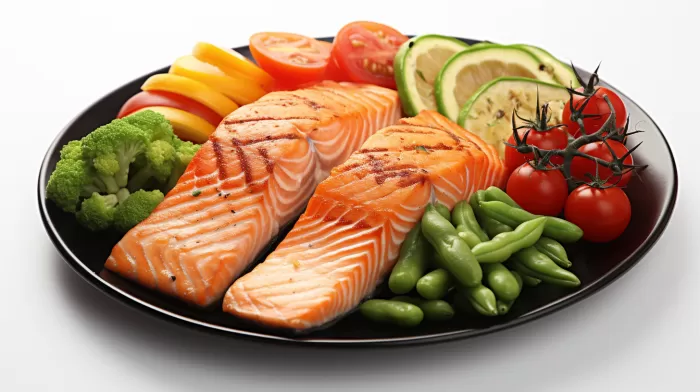Are you frustrated with your growing waistline and the health risks associated with excess abdominal fat? Studies have shown that those extra inches could increase the risk of diabetes and cardiovascular disease. But don’t worry, researchers at the University of Alabama at Birmingham have discovered that shedding that belly fat doesn’t require drastic changes in your diet. In fact, you can still enjoy carb-containing foods and lose that stubborn fat through a modest reduction in your consumption.
Less is more when it comes to carbs
By simply cutting back on foods high in bread, rice, and simple sugars, you can see a significant reduction in belly fat. The key is moderation. Researchers found that people who took in 43 percent of their calories from carbs and 39 percent from fat had 11 percent less abdominal fat than those who consumed 55 percent of their calories from carbs and 27 percent from fat. Both diets were made up of 18 percent protein. So, you don’t have to strictly follow a carb-free diet or make extreme adjustments to your eating habits to lose that stubborn belly fat.
Customize your diet to suit your taste
The beauty of this moderately reduced carbohydrate diet is that it allows you to choose the types of food you prefer. You can still enjoy your favorite dishes, but in reduced portions, and still cut down on your abdominal fat. This makes the diet easier to maintain over time and more attractive to those willing to take on the weight loss challenge.
The science behind shedding belly fat with fewer carbs
When you cut down on carbohydrates, your body starts to burn its stored fat, rather than relying on glucose from carbs, as its primary fuel source. The result: your body begins to burn the excess abdominal fat it has been storing.
At the same time, reducing your carb intake helps regulate your insulin levels. Insulin, a hormone produced by your pancreas, manages the way your body processes glucose for energy production. High insulin levels encourage fat storage, especially in your abdominal area. By moderating your carb intake, your insulin levels remain more stable, thus preventing your body from storing additional fat around your waist.
How to get started: Cut back, but don’t cut out carbs entirely
The key to reducing belly fat with fewer carbs is to reduce your carbohydrate intake gradually, rather than trying to cut out all carbs completely. Here are some simple steps to help you get started:
- Start with portion control: Reduce the number of carb-rich foods you consume instead of eliminating them from your diet. For example, if you usually eat a huge plate of pasta, consider downsizing to a smaller portion and adding a side of veggies or protein to help you feel full.
- Choose healthier carbs: Opt for whole grains like brown rice, whole wheat pasta, and quinoa over refined white grains. Whole grains contain more nutrients and fiber to keep you feeling full and satisfied.
- Limit sugar intake: Cut down on sugar-sweetened beverages and processed foods high in added sugars. Instead, satisfy your sweet tooth with natural sugars found in whole fruits.
- Increase protein and healthy fats: Protein and healthy fats provide satiety, which helps prevent overeating carbs. Opt for lean protein sources like chicken, turkey, fish, and beans, as well as healthy fats like avocados, nuts, and olive oil.
The bottom line
Losing abdominal fat doesn’t have to mean giving up all your favorite carbohydrate-containing foods. By simply making modest reductions to your carb intake and incorporating healthier food choices, you can shed your belly fat and reduce your risk of serious health issues. Plus, a well-balanced diet that includes moderate amounts of carbohydrates can be easier to maintain, making your weight loss journey more enjoyable and sustainable. So go ahead and start making small, meaningful changes to your diet – your waistline and your health will thank you!



